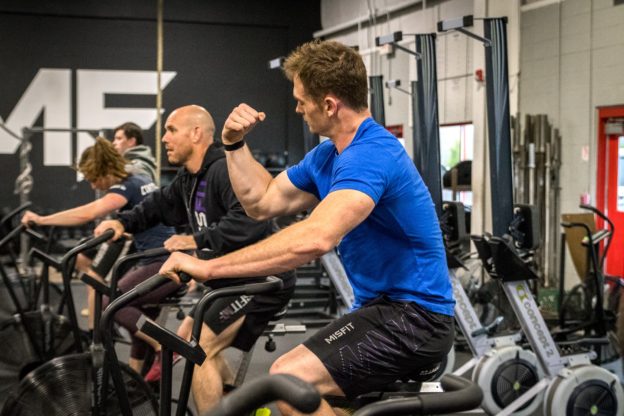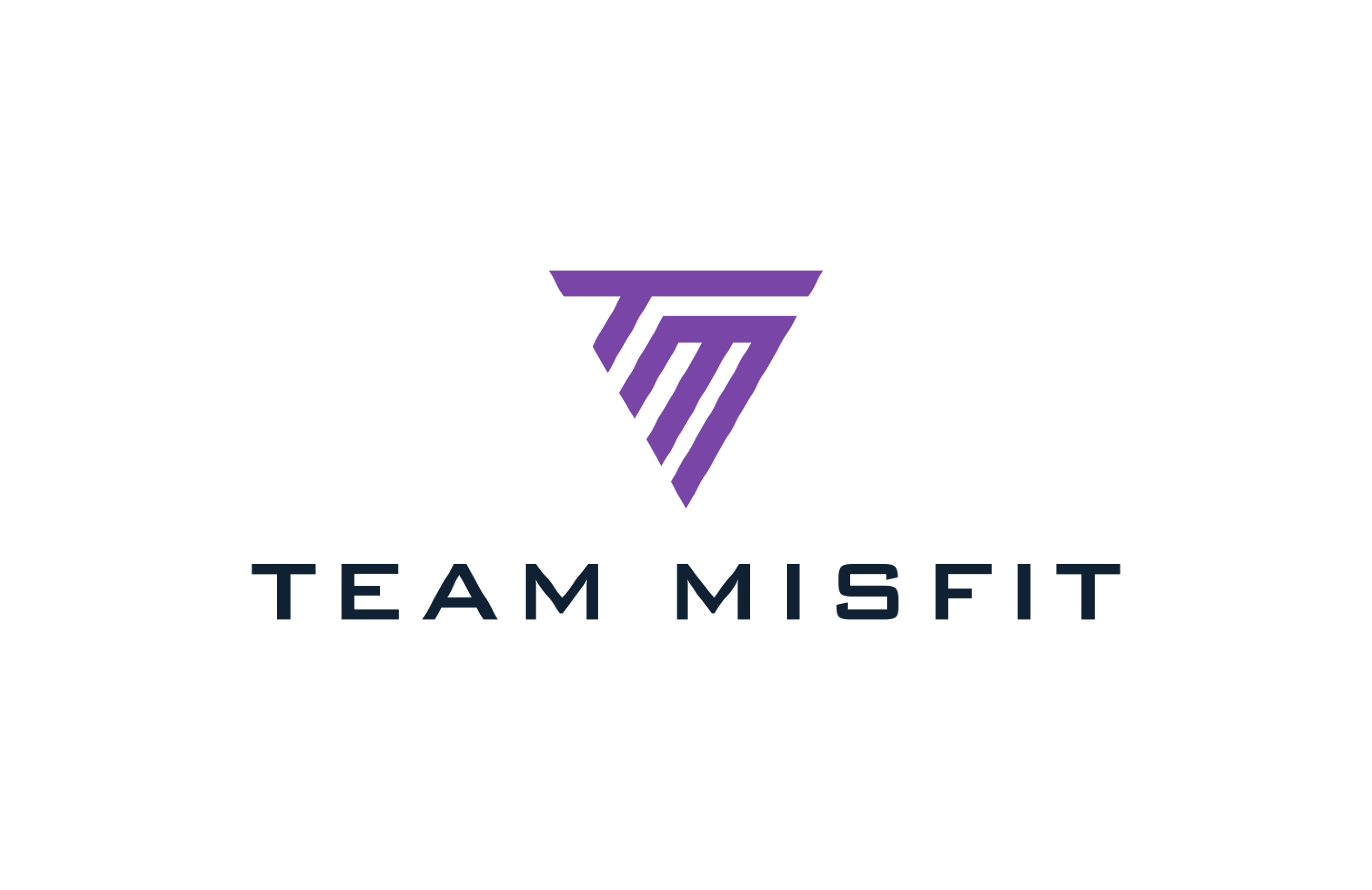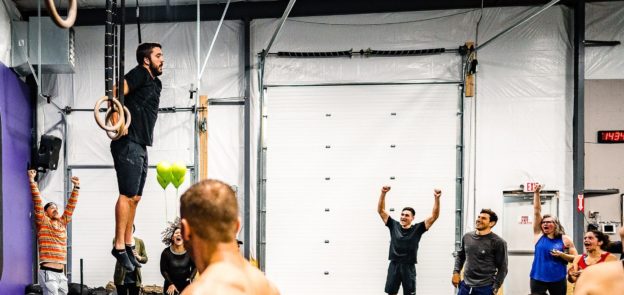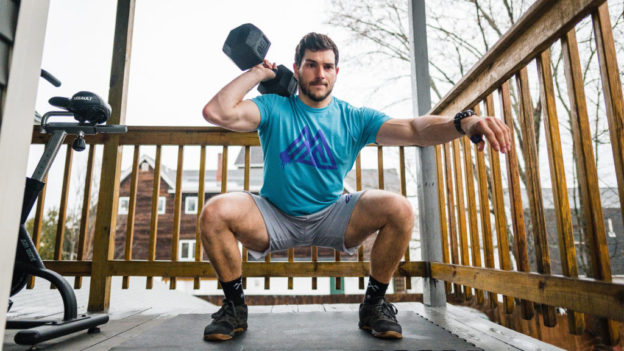
Human Flag Progression: A Comprehensive Guide

Human Flag Coaching Progression
The human flag is a challenging gymnastics-style movement that demands tremendous upper body and core strength and stability. The context of this tutorial is not about integrating it into regular workouts, but rather as a part of a gymnastics-based skill day, (termed internally as “playground day”). This day focuses on developing new skills, improving movement techniques, and occasionally incorporating unique movements for athletic development, body awareness, core strength, and coordination. This progression involves the help of a partner or coach, so when leading a class be prepared to pair athletes up based on fitness level.
Warm-Up Preparation
This movement demands a lot from the upper body and midline. Prior to jumping into the progression, we recommend a simple 3 round warm up of 10 Side Plank Bends and 10 Light Dumbbell Curl and Presses, or similar movements to prepare the shoulders, biceps, and core.
Progression Steps
This progression starts at a level that the vast majority of athletes will be able to perform, and serves 2 purposes. One is to progressively increase the difficulty of the movement until every athlete has found a challenging but doable version of the human flag, or scaling. The second is that each progression also serves as a specific warm up, allowing the coach to warm up every athlete in class while getting eyes on everyone.
Step 1: Straight Arm Side Plank with Reach Overhead (3:29)
Athletes get into a side plank with their supporting arm straight. If possible, we want the pit of the elbow pointing forward to prepare the elbow joint and bicep for loading in later steps. The athlete reaches overhead with the top hand and grabs hold of the barbell in the rack. Have athletes perform 1-2 sets of a :15 hold on each side.
Step 2: Jump, Tuck and Rotate (4:55)
You will need two stable, fixed bars for this drill. The athlete will place their lower hand on the lower bar, palm facing upward and elbow tucked at the side. The top hand reached overhead and should be directly above the bottom hand, palm pointed down. Once the athlete is in position, the athlete lightly jumps, pull the knees up toward the chest, and rotates away from the supporting bars. As athletes gain confidence, they can jump higher and rotate further. Perform 3-5 rotations in each direction.
Step 3: Box Assistance (6:43)
This step is very similar to the previous step of Jump, Tuck, and Rotate, but now the athlete begins with their feet on a box. Some athletes may find this step easier than the previous because this step eliminates the jump/rotate off the floor. With the feet on a box at approximately the height of the bottom hand, the athlete can set their hands in the correct starting position and gently jump their feet off the box, attempting to hold briefly if possible. A partner or coach may be helpful to spot athletes if safety is a concern. It is critical that the athlete is actively pulling with the top hand and pushing with the bottom hand to create stability.
Step 4: Partner Assisted Human Flag (8:44)
In this step the athlete can choose to start with feet on the ground or on the box. The athlete communicates when they are ready to jump their feet off the ground, at which point the coach or partner simply holds the feet of the athlete in as horizontal of a position as possible for a duration of the athlete’s choosing. To add difficulty, the athlete can first slowly straighten their knees. The straighter the legs, the more challenging this will be. One step further is straightening the bottom arm instead of keeping it tucked. Many of your athletes will find themselves staying at this step in the progression, where a pair can work together alternating supporting one while the other holds the flag position for 5-15 seconds. Athletes should perform these holds on both sides of their body.
Step 5: Advanced Unassisted Human Flag (10:00)
Once athletes have worked with a partner for support, those who have the strength can attempt to get into a straight leg or bent leg human flag position without the help of a box or a partner. The most advanced version of this would be both the top and bottom are straight with the legs straight as well.
Conclusion and Context
While it may appear as a party trick, practicing and learning new skills and drills are critical in the long term development of overall fitness. The human flag requires functionality such as active shoulder strength, midline stability, body awareness, and coordination. This progression should enable the vast majority of your athletes to practice some version of the Human Flag, with a coach making minor adjustments to open this skill up to all athletes of all ability levels.

